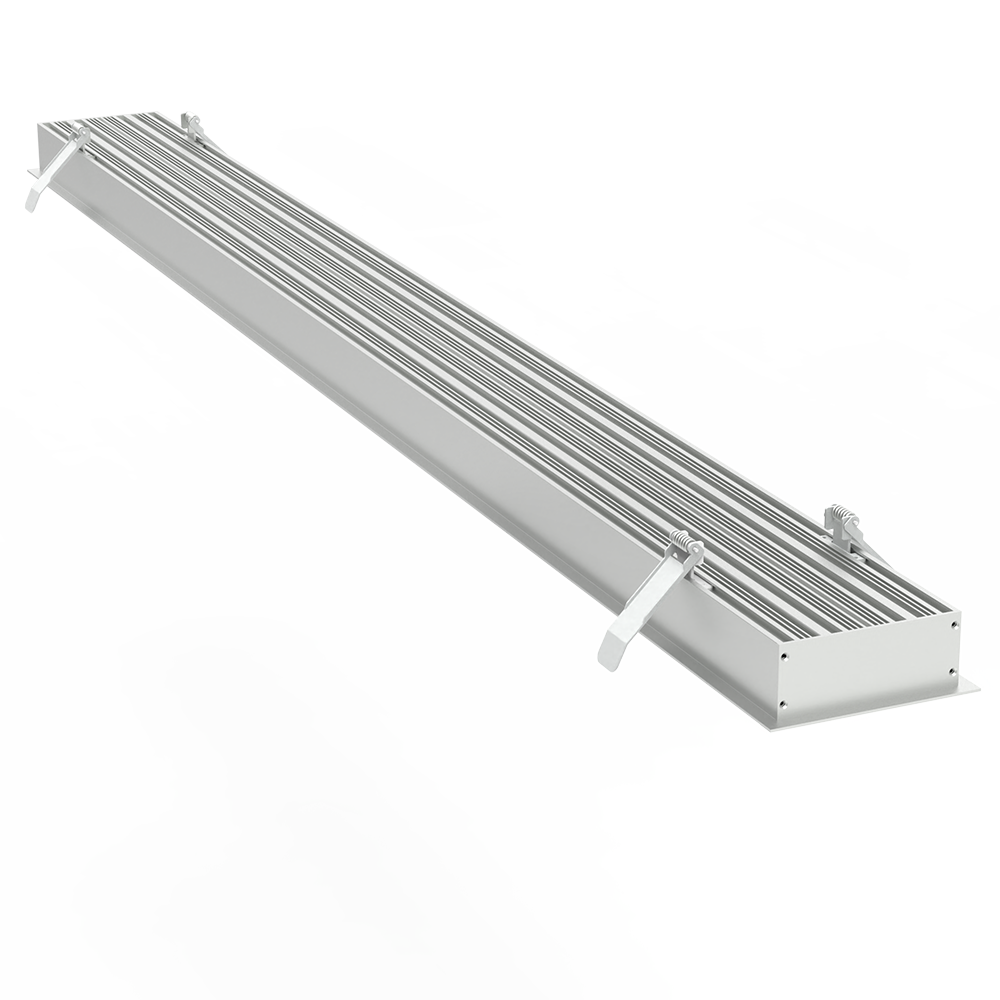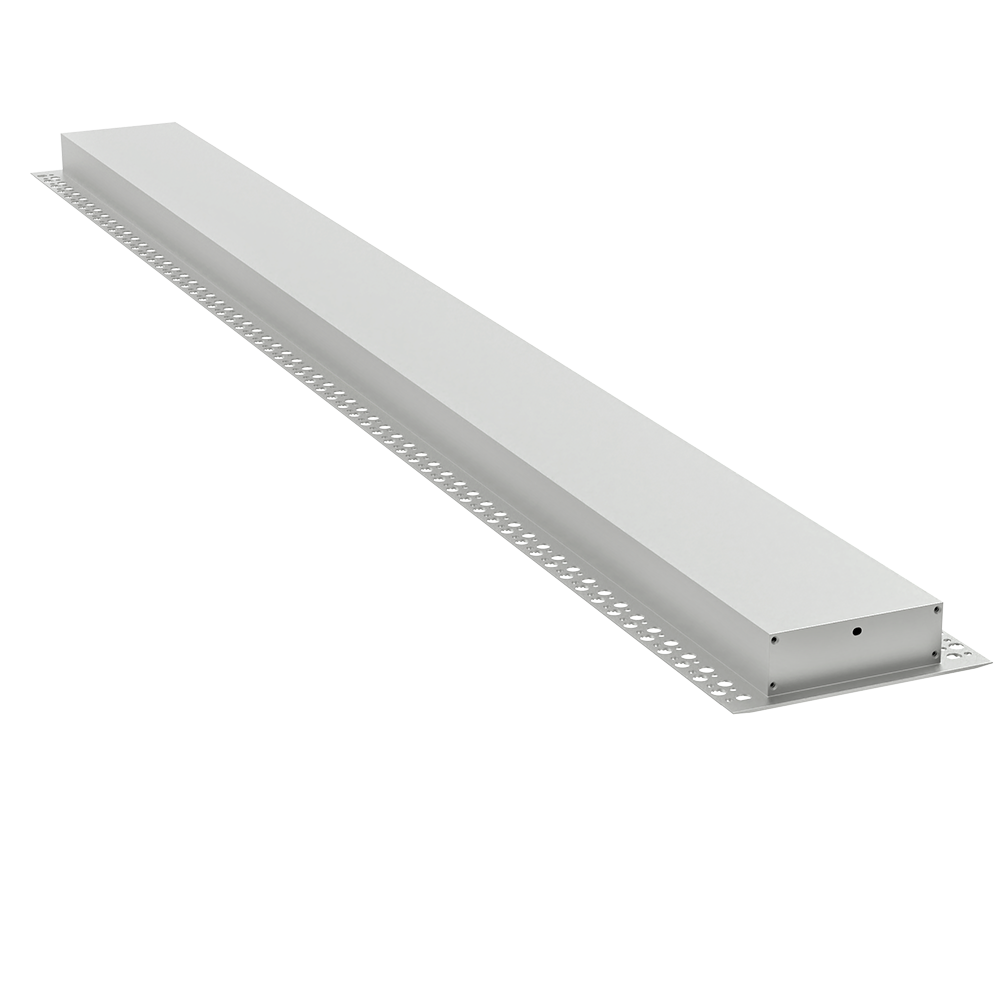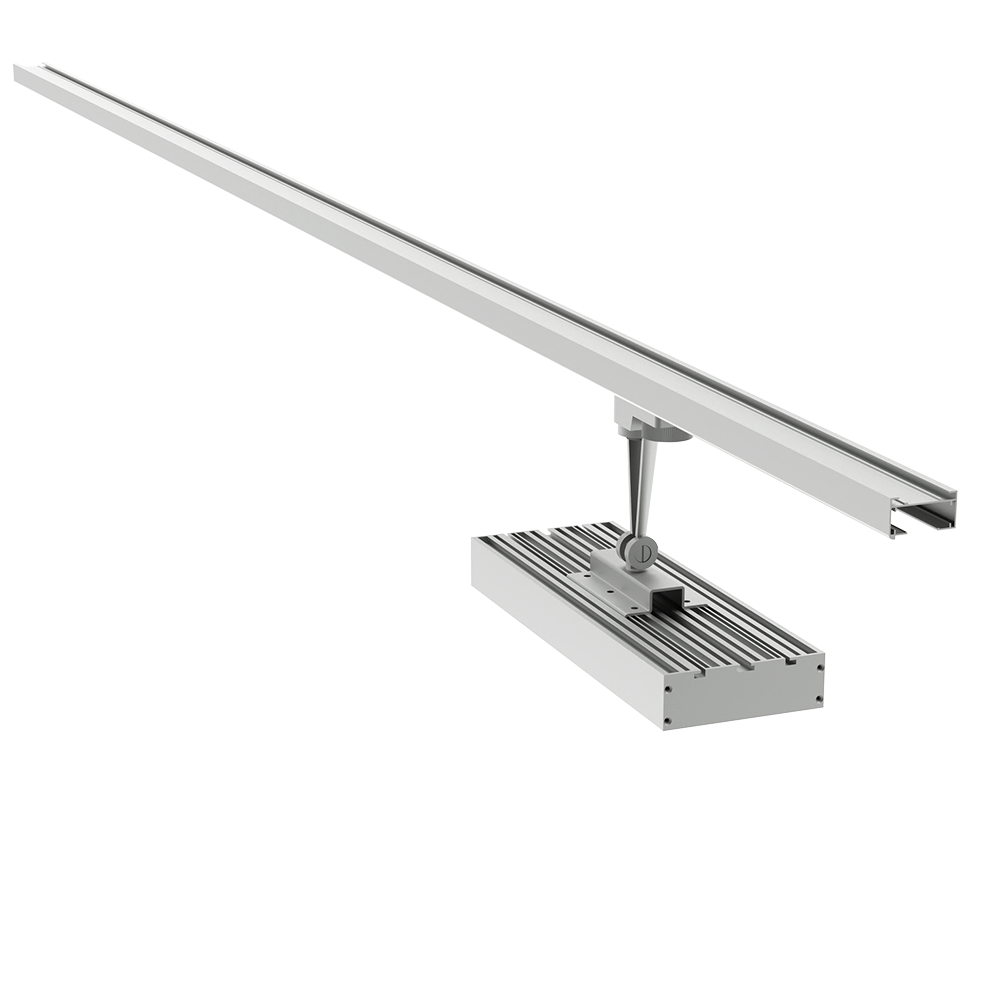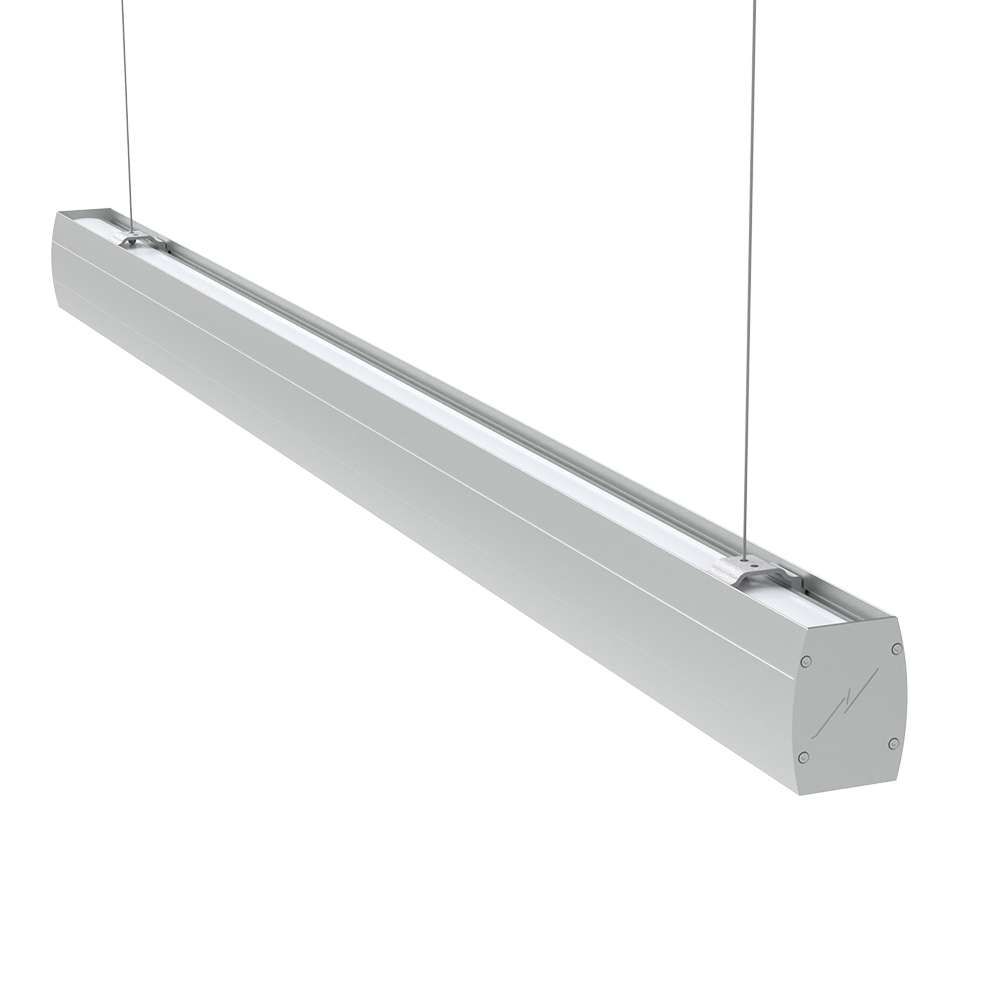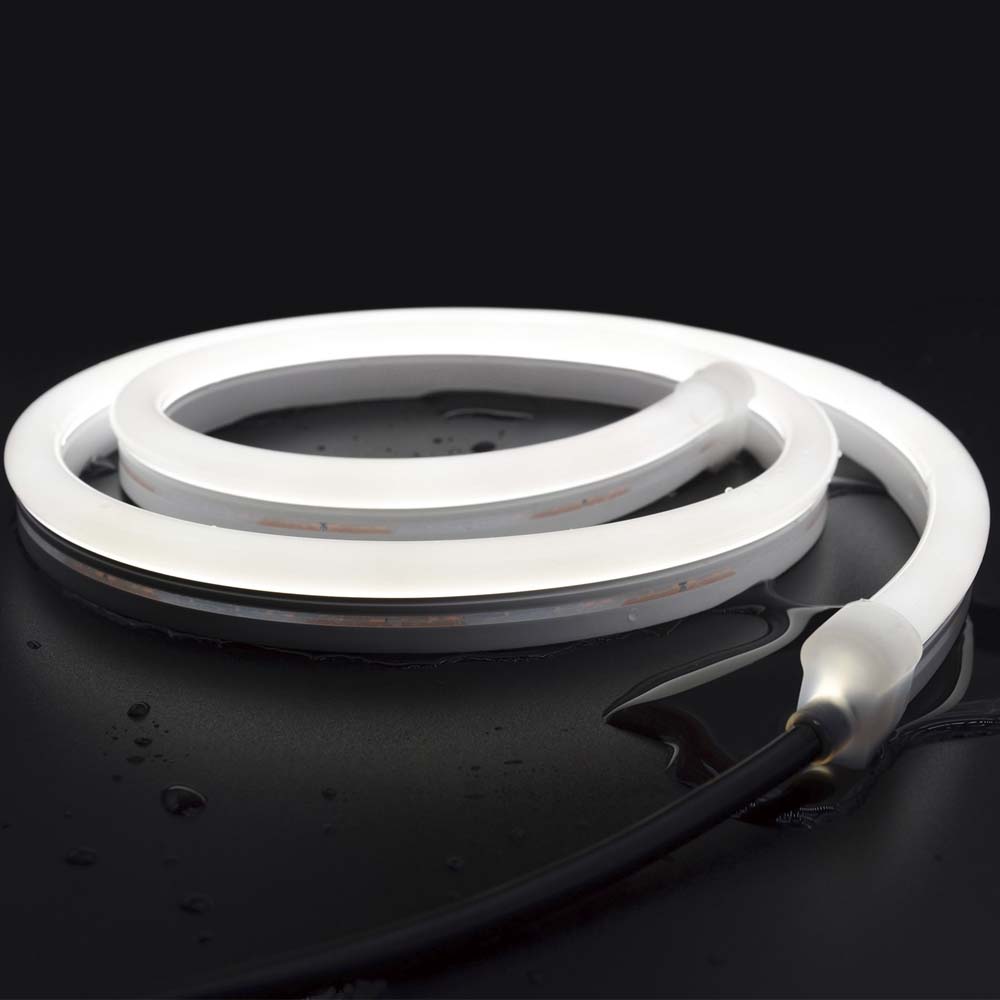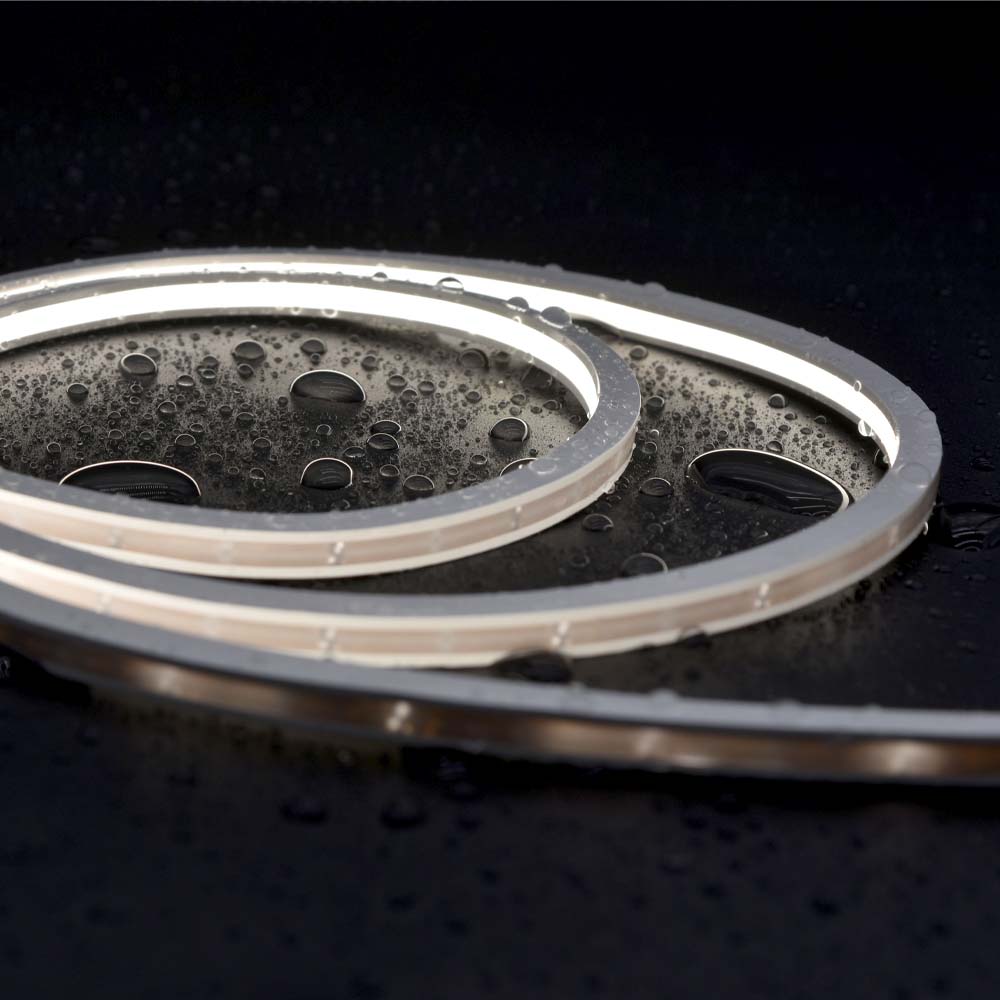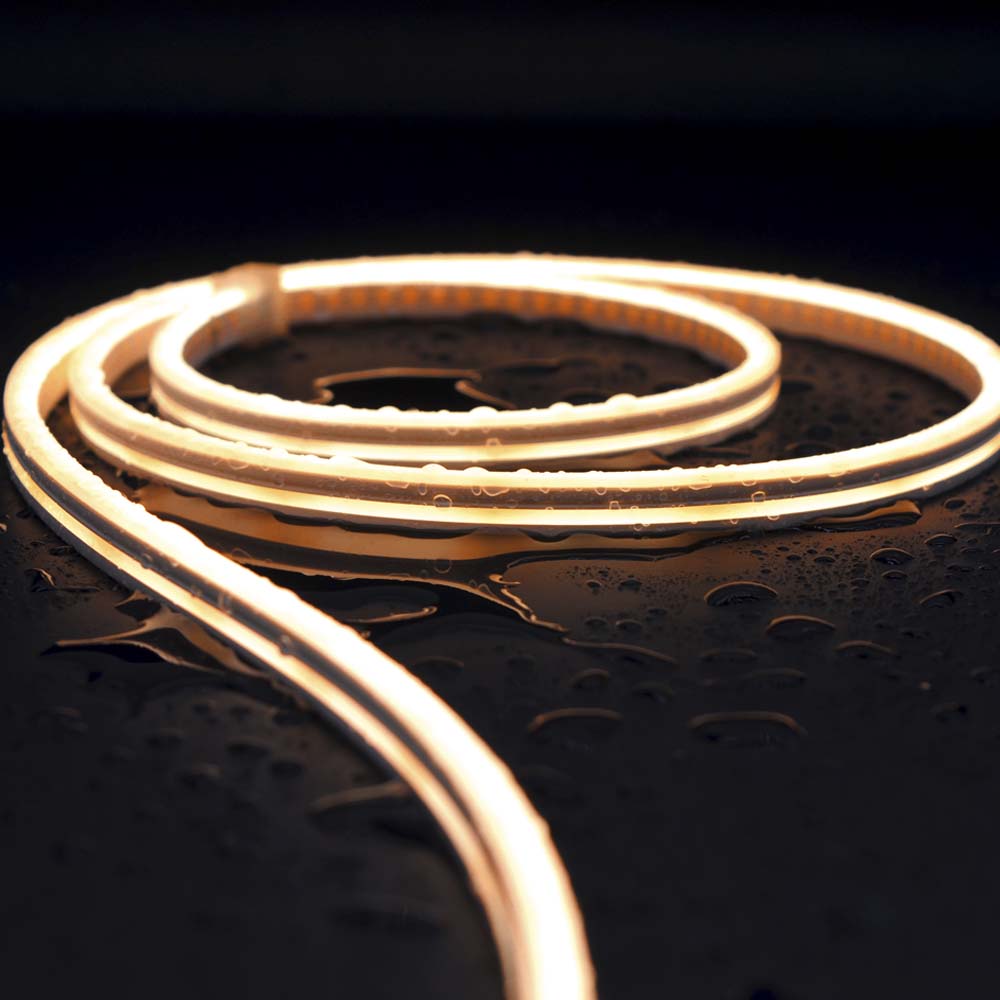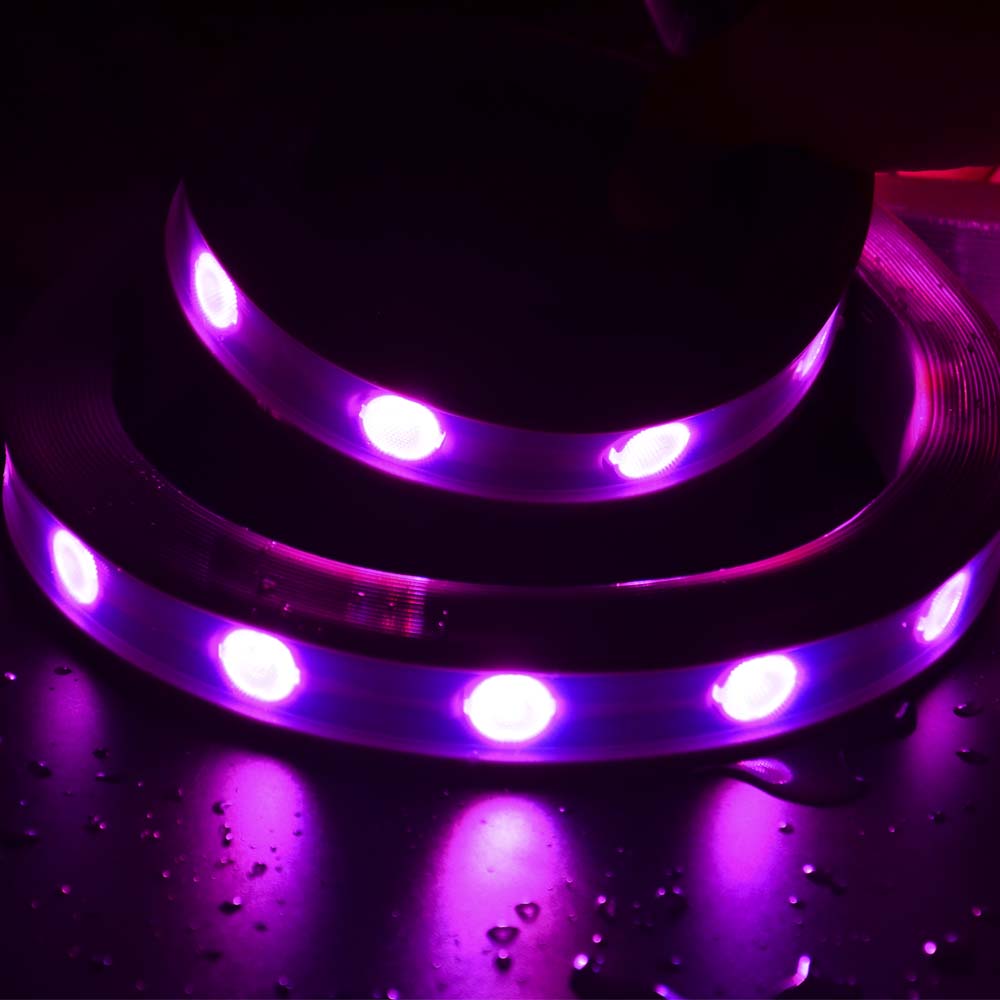LED Cove Lighting
Highlight the architectural features, cultivate a commercial atmosphere, and elevate the area’s perception of order and beauty.
LED cove lighting, also known as LED hidden lighting(Indirect lighting), typically involves installing LED light sources in the ceiling or wall coves to achieve hidden and decorative lighting effects. The LED light source is concealed within the cove, preventing direct exposure and allowing for a soft lighting effect without glare or direct light.
lED cove lighting detail
Concealment
The LED light source is cleverly hidden in the recess and will not be directly exposed, so a soft lighting effect without glare or direct light can be realized.
Decorative
The carefully designed shape of the recesses and the arrangement of the LED light sources create a unique visual effect that accentuates architectural features such as wall corners, columns, beams, and moldings while adding a sense of hierarchy and visual aesthetics to the environment.
Energy-saving and efficient
LED light source is characterized by high energy efficiency, so LED cove lighting can effectively reduce energy consumption while providing a good lighting effect.
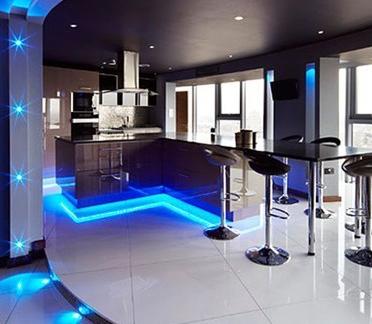

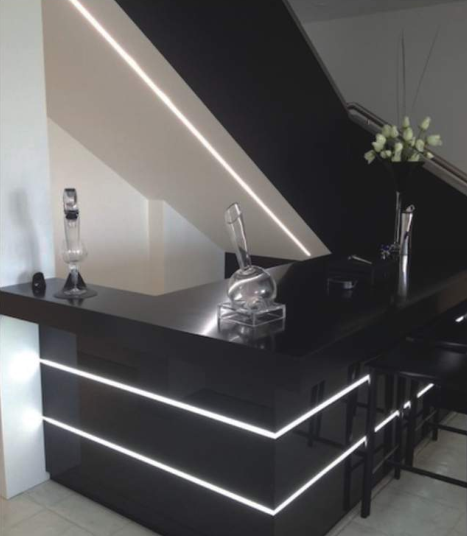
cove lights for ceiling
best led strip for cove lighting
For cove lighting, the best LED strip light should consider factors such as brightness, color temperature, control mode, durability, and ease of installation.
- Brightness:Adjust the brightness based on the lighting needs. Cove lighting is often used to create a nice atmosphere or provide extra lighting, so it doesn’t need to be too bright. However, it should still provide enough light for the space.
- Color temperature: The color temperature determines the color of the light, ranging from warm white (e.g., 2700K) to cool white (e.g., 6500K). The space’s overall style and ambiance should be considered when choosing.
- Control mode:There are different ways to control LED strip lights, like using switches, remotes, or smartphone apps. You should pick the method that works best for you and makes it easy to use the lights.
- Durability: LED light strips usually have a long lifespan, but durability varies from brand to brand and model to model. When choosing, consider the warranty period, working life, and other product parameters.
- Installation convenience:When it comes to installing cove lighting, it’s important to choose a light strip that is easy to install and cut. This can save you time and money, especially if you want the installation location to be easily remembered.
Determining Lumens for Cove Lighting in Various Spaces
When deciding on the lumens for cove lighting, the room’s size, the presence of other light sources, and even the wall color play crucial roles. Here’s how to gauge the appropriate lumens for different areas:
Key Factors to Consider:
- Room Size: Larger areas naturally require more lumens.
- Wall Color: Light-colored walls reflect light, while darker walls absorb it, influencing the needed lumens.
- Lighting Layers: Complementing cove lighting with task and ambient sources can optimize the overall illumination.
By carefully assessing these elements, you can determine the right lumen count to achieve optimal lighting in any space.

